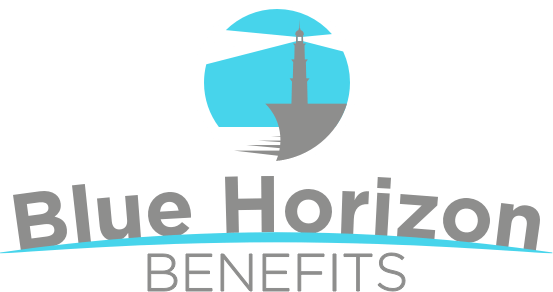New Accumulator Programs can Surprise Employees at Pharmacy Counter
An ongoing tense relationship between insurers and drug companies is spilling over and hitting enrollees in group health plans, by saddling them with additional out-of-pocket expenses.
Some insurers have started adopting copay accumulator programs — sometimes called accumulator adjustment programs — that change the way a patient’s out-of-pocket medication costs are added up (accumulated) when there is some type of drug company financial assistance for the health plan enrollee.
These accumulator programs do not count the drug company assistance (in the form of coupons or copay cards) that defray the employee’s out-of-pocket expenses.
Unfortunately, many group plan enrollees often do not know that their group health plan has changed its policy to be an accumulator program. This is because they did not read the plan summary when they renewed their policy during open enrollment, or they read about it and didn’t understand how it works.
For most employees, the change will not make much of a difference, if any at all, if they are low users of their health benefits and rarely need prescription medications.
But, for heavy users and those with chronic health problems, the change could mean hundreds, if not thousands of dollars more out of pocket for their medicines. For patients who need expensive medications, drug makers will often provide copay assistance in the form of coupons or copay cards, which the enrollee shows the pharmacy when buying the drugs.
Essentially, accumulator programs block patients from using any third party monies toward their deductibles and out-of-pocket maximums.
HOW IT WORKS
To understand how an accumulator program works and how it may affect your employees, take the example of a patient who needs $15,000 worth of medications a year with a pharmaceutical out-of-pocket maximum of $7,000 on their health plan:
- Traditional plan with no copay assistance: Employee pays $7,000 and the insurer pays $8,000.
- Typical plan that allows copay assistance: Employee pays $4,000, copay assistance pays $3,000 and insurer pays $8,000.
- Plan with copay accumulator: Employee pays $7,000, copay assistance pays $3,000 and insurer pays $5,000.
Insurers that have instituted the practice say they did so because they want to steer health plan enrollees toward generic medicines and away from pricier brand-name drugs.
They say that these copay cards and coupons are an incentive for pharmaceutical companies to inflate list prices for drugs, then offer copay assistance that spares the patient, but shifts more of the costs to the insurer.
Lawmakers in a number of states have taken note and are trying to address the practice legislatively. They have introduced legislation that would ban insurers from using accumulator policies when there’s no generic version of the drug available.
However, the Centers for Medicare and Medicaid Services in February 2020 proposed a rule allowing insurers to impose copay accumulator policies.
WHAT YOU CAN DO
Many health plan enrollees do not know that their health plan has a copay accumulator program until they get to the pharmacy counter after they think they’ve reached their out-of-pocket limit and still have to pay for their medications.
If they haven’t had this experience in the past with their plan, it’s maybe because they didn’t realize that it had switched to an accumulator program.
Come your company’s next open enrollment, you should stress to your staff that if any of them are large users of prescription medications, they need to carefully read their current plan’s summary of benefits as well as other plan documents.
If you have concerns that any of your staff might run into issues, you can call us to go over your current plans to identify those with or without accumulator programs.
This is especially important during open enrollment, as those enrollees that require expensive prescriptions should be given options, including at least one plan that does not use an accumulator program.









